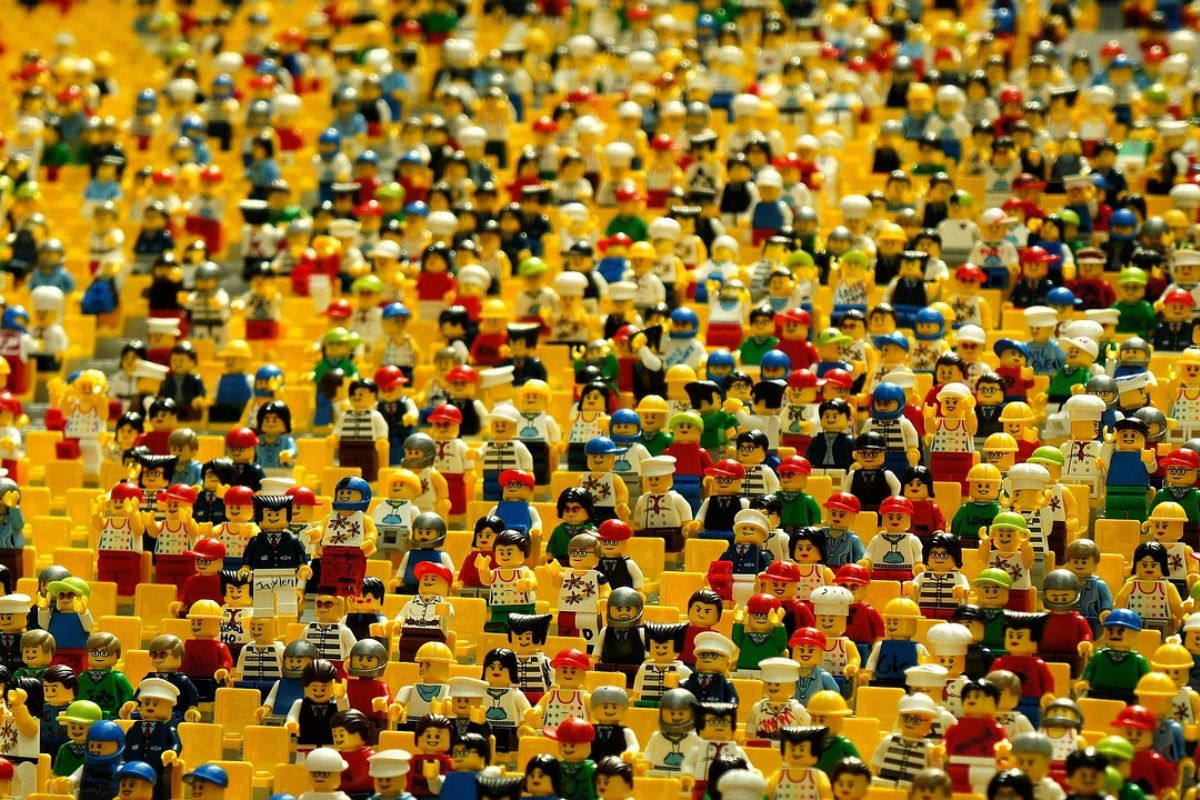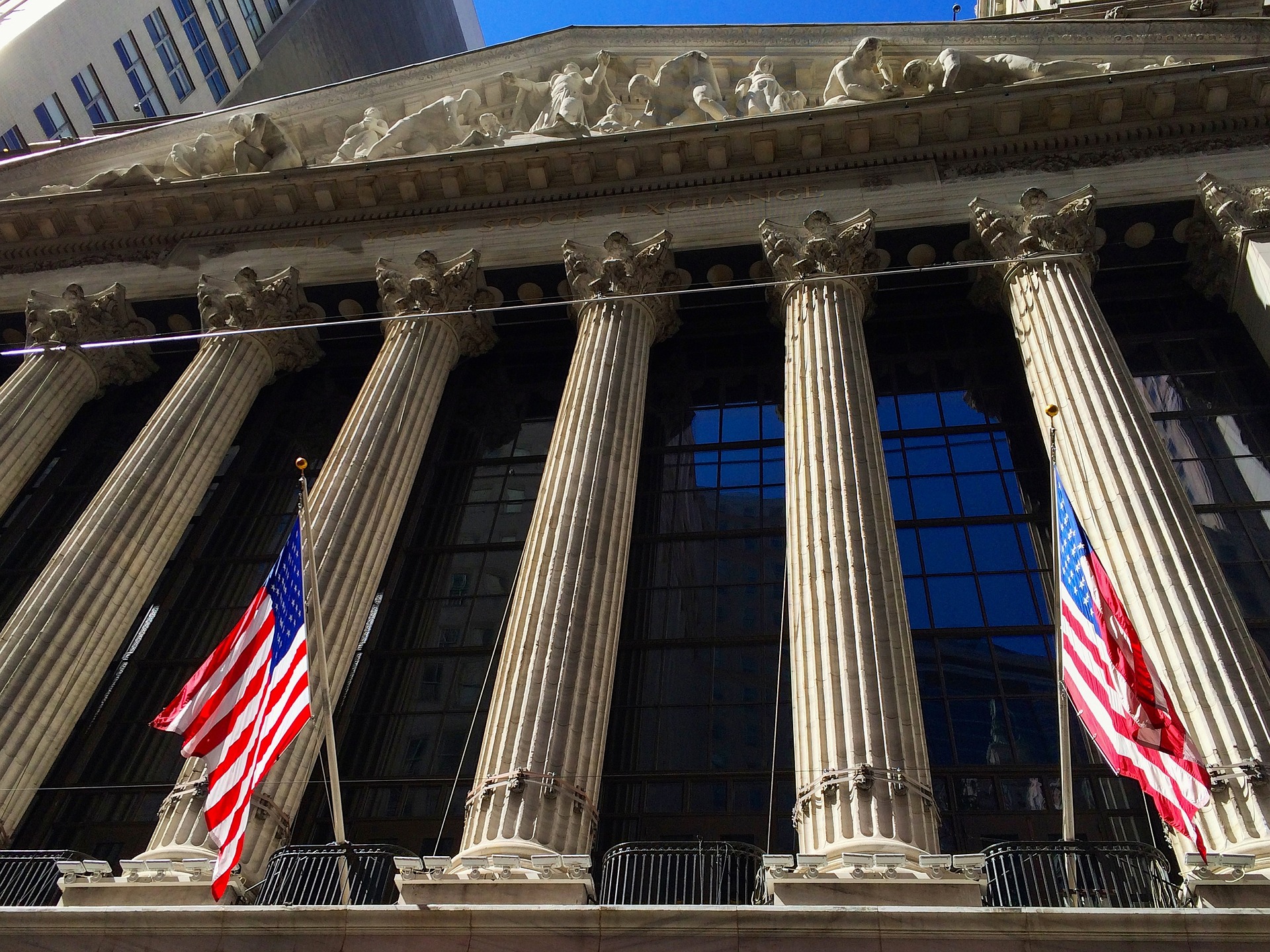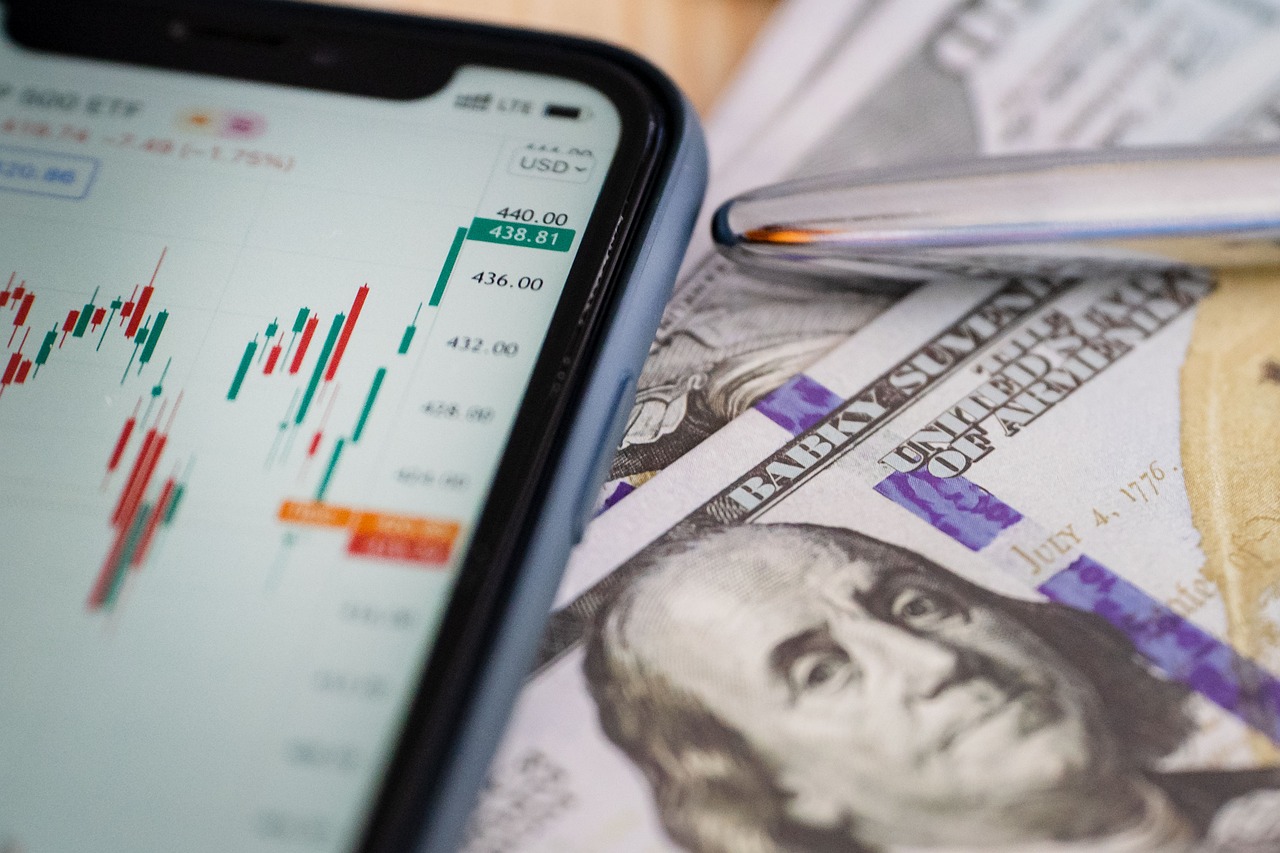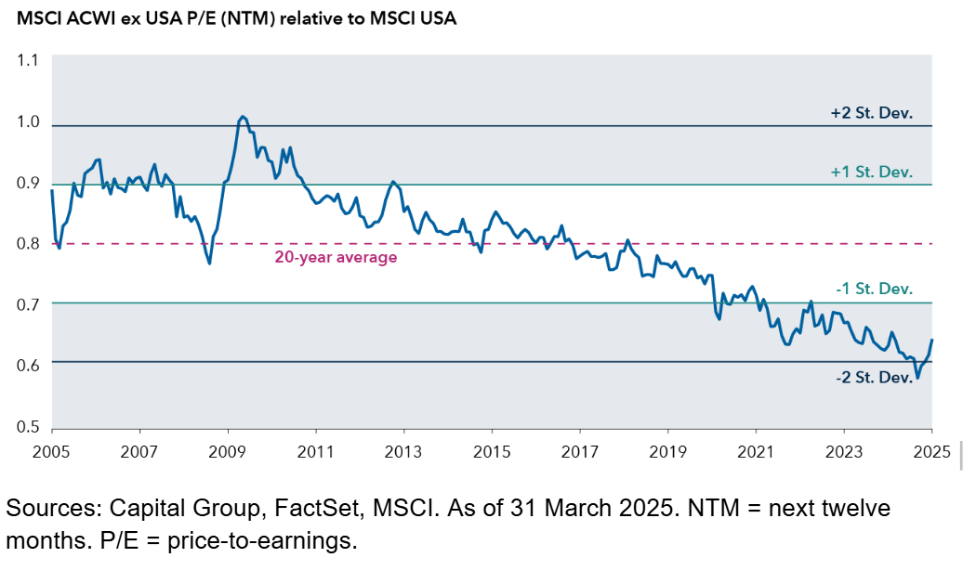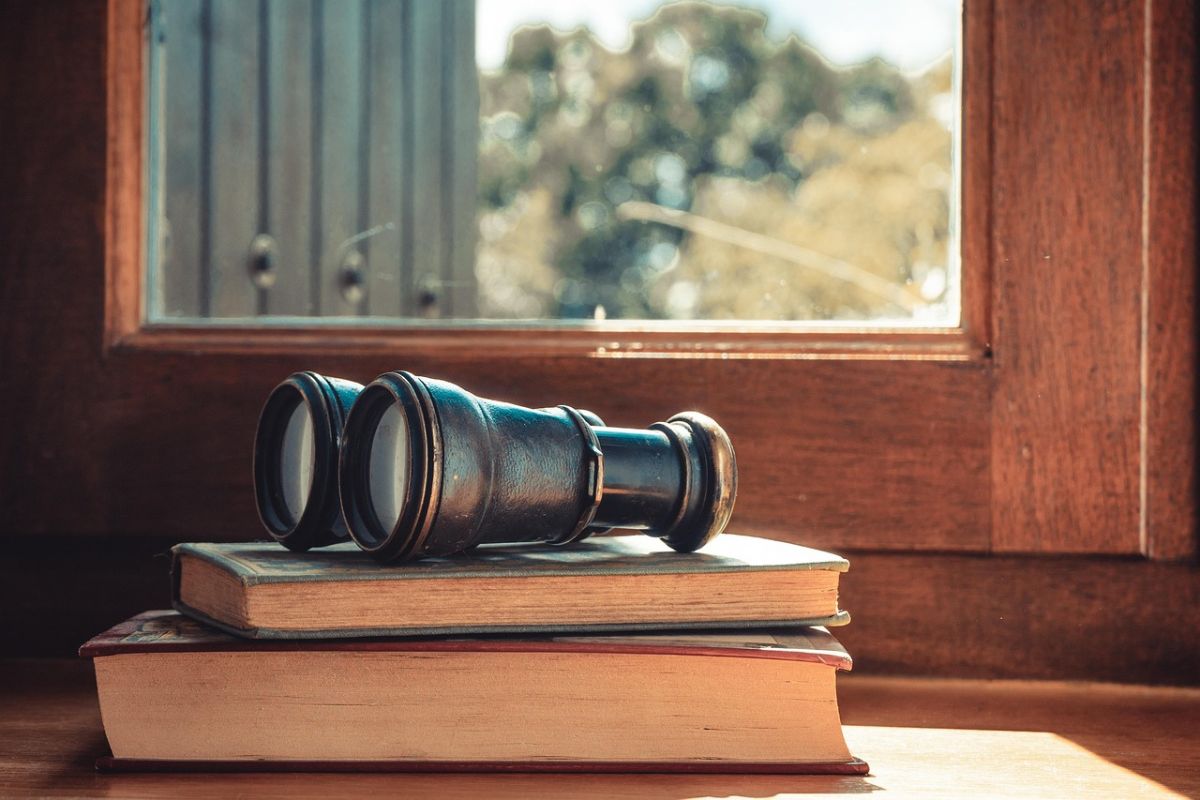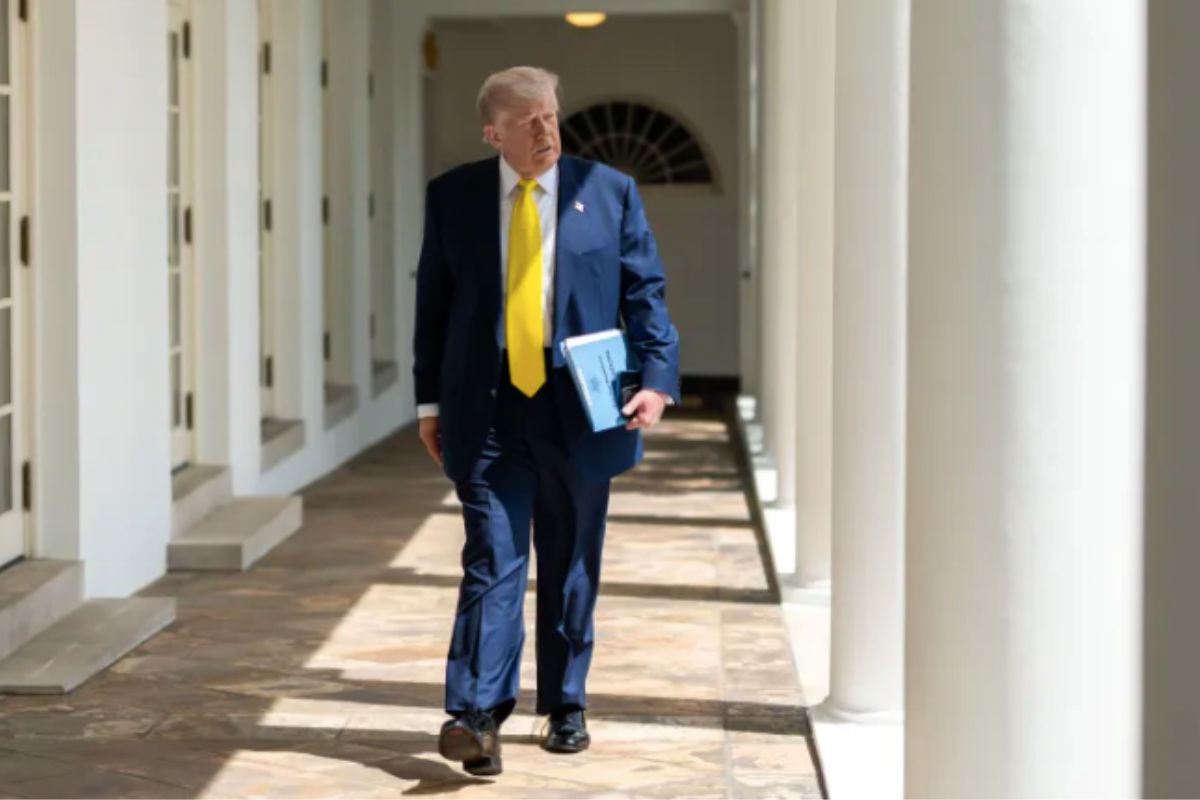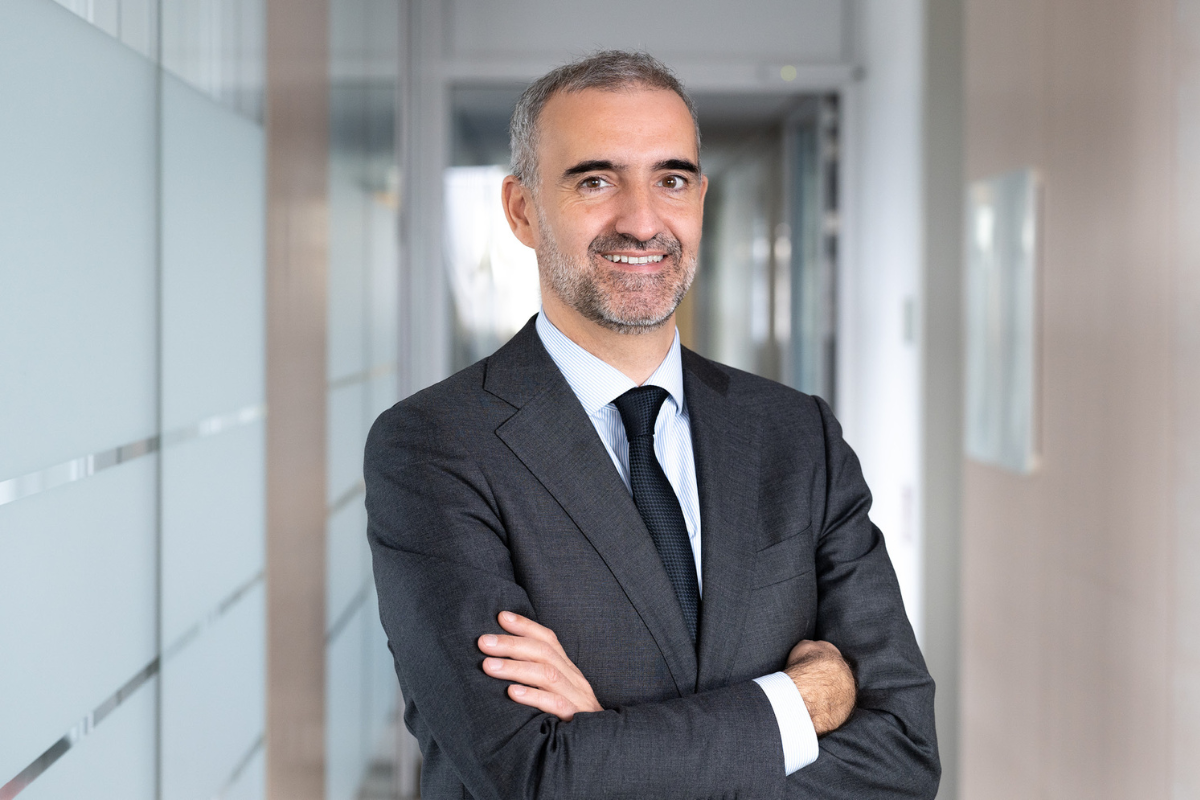Bitcoin: From a Fad to Emerging as a Store of Value
| For Amaya Uriarte | 0 Comentarios

The Institutionalization of Bitcoin and the Reasons Why This Cryptocurrency May Have Evolved from a Speculative Asset to a Next-Generation Store of Value, Worthy of a Permanent Allocation in Client Portfolios, is the Central Topic of One of the Recent Analyses by BigSur Partners. Before delving into the subject in the study The Thinking Man, the firm’s experts Rene Negron, Analyst, and Leandro Perez, Summer Intern, review the main options investors have to gain exposure to Bitcoin:
Direct Ownership: Owning Bitcoin directly through a wallet, on a cryptocurrency exchange/brokerage, which can be custodied by an exchange, an institution, or self-custodied via hardware wallets. Advantages include actual ownership of the asset, full control over it, and avoiding issuer risk. However, drawbacks exist, such as security concerns, wallet management, or possible tax complexity.
Spot Bitcoin ETFs: For example, the BlackRock iShares (IBIT) or a spot Bitcoin ETF with embedded overlay options, such as Amplify’s Bitcoin 2% Monthly Option Income ETF (BITY). These vehicles offer advantages like trading as a stock, while the physical Bitcoin is held in “cold storage.” Additionally, they offer simplicity, regulated product status, IRA/401(k) eligibility, potential access to liquid options markets for hedging/overwrite, and possible tax benefits. Disadvantages include tracking error risks and management fees.
Publicly Traded Bitcoin-Related Companies: MicroStrategy (MSTR), both MSTR common shares and dividend-paying convertible preferred shares like STRK/STRF/STRD, Coinbase (COIN), Marathon (MARA), Riot Platform (RIOT), and Block (SQ). Advantages include the ability for investors to arbitrage valuation differences between Bitcoin and the company’s value, and liquidity. Drawbacks include exposure to market and idiosyncratic risks linked to strategic execution, as well as potential overvaluation and “meme” investment dynamics.
From Fad to Considered Essential
Bitcoin has undergone a radical transformation to become a legitimate institutional asset class. The study’s authors recall that in 2017, JP Morgan Chase CEO Jamie Dimon criticized the cryptocurrency, stating it was “worse than tulip bulbs” and predicted it “won’t end well; it will blow up.”
At that time, Bitcoin was trading around $2,500 and was described as an unregulated bubble with no intrinsic value. By 2025, the narrative has changed, as JP Morgan now allows private banking clients to hold Bitcoins in their portfolios, although the bank itself still does not custody crypto assets, and Dimon, though more moderate, remains skeptical.
As trade wars and fiscal excesses have heightened investor concerns about the fate of the U.S. dollar, Bitcoin’s role as a hedge against inflation and devaluation, thanks to technology, “has only grown,” according to BigSur Partners experts.
Former detractors like Larry Fink, Ray Dalio, and Bill Miller have shifted from using terms like “money laundering” and “bubble” to “digital gold” and “portfolio hedge.” This shift reflects the growing institutional acceptance of Bitcoin. “In a world where global central banks are continuously willing to print more money, Bitcoin’s fixed supply — likely capped at 21 million — has only become more attractive,” they comment.
The Institutional Boom: Why Confidence in Bitcoin Has Shifted
After surpassing $70,000 in 2024 and undergoing a 20% correction in Q1 2025, Bitcoin reached new highs during the summer, nearing $121,000 by the end of July.
Bitcoin also showed surprising resilience during the stock market volatility of “Liberation Day” in April, when many overvalued tech stocks suffered severe losses. This moderated volatility, according to BigSur Partners experts, is because a larger portion of Bitcoin’s ownership base now consists of individuals and organizations with less speculative and slower investment philosophies.
The firm cites a recent survey by Coinbase-EY Parthenon showing that 59% of institutional investors plan to allocate more than 5% of their assets to cryptocurrencies, with Bitcoin being the primary exposure.
A key driver of this institutional adoption has been the rapid growth of spot Bitcoin ETFs, as well as thematic exchange-traded funds that offer exposure to companies operating in the crypto space: in 2025 alone, over $68 billion from pensions, endowments, family offices, and asset managers have flowed into U.S. spot Bitcoin ETFs.
In turn, this increase in ETF demand has fueled the development of a liquid Bitcoin options market, allowing investors to implement more sophisticated volatility strategies on their core exposure to the world’s largest cryptocurrency. This includes hedging and generating current income through covered call writing.
Global Adoption: Governments, Pension Funds, and Companies Embrace Bitcoin
Another major pillar of rising institutional interest in Bitcoin is sovereign buyers, according to BigSur Partners analysts. In March 2025, the Trump Administration established a strategic Bitcoin reserve with 200,000 units, making it the largest known state holder of the cryptocurrency.
Additionally, Texas has created a publicly funded Bitcoin reserve, allocating $10 million to Bitcoin purchases; New Hampshire and Arizona have passed laws allowing them to establish cryptocurrency reserves; and El Salvador, Bhutan, Pakistan, Switzerland, Norway, South Korea, and Abu Dhabi have integrated Bitcoin and/or Bitcoin proxies into their sovereign investment allocations.
In the pension space, the State of Wisconsin Investment Board, the State of Michigan Retirement System, the Ohio Public Employees Retirement System, and the California Public Employees’ Retirement System (CalPERS) have made multi-billion dollar investments in Bitcoin and its proxies. This trend extends internationally, with a large but undisclosed UK pension fund allocating 3% of its portfolio to Bitcoin.
On the corporate front, Tesla, Block, Coinbase, GameStop, and other companies have added Bitcoin to their balance sheets. The experts highlight that MicroStrategy has transformed into a leveraged Bitcoin investment firm, issuing securities across its capital structure (senior debt, convertible, debt, and equity) and allocating proceeds to Bitcoin purchases. CEO Michael Saylor views Bitcoin as “superior to cash, and we are expanding our digital asset strategy to maximize shareholder value”; the company holds 607,770 Bitcoins with a market value of around $72 billion.
Corporate adoption of Bitcoin offers strategic advantages but comes with significant risks, according to BigSur Partners. Companies holding Bitcoin face price volatility, regulatory uncertainty, and potential distortions in earnings as market fluctuations can impact reported results.
Nevertheless, Bitcoin offers an attractive hedge against inflation and fiat currency devaluation, prompting companies to treat it as a long-term treasury asset.
“We believe the trend of more companies diversifying their dollar reserves away from cash and into Bitcoin will likely continue,” BigSur Partners forecasts, especially at a time when monetary, interest rate, and trade regimes “are being disrupted.”
However, they point out that while corporate treasury allocations are a net positive, many of the companies that have chosen this path do so because their core businesses are failing or would have failed without Bitcoin’s appreciation. “It will be important to see how more operationally successful companies (such as more Mag7 names) invest capital into Bitcoin, something we expect to happen with greater regulatory clarity,” they conclude.
Regulation, Stablecoins, and the Erosion of Bitcoin’s Original Vision
As Bitcoin becomes increasingly integrated into the global financial system, new legislation is reshaping how it is regulated and accessed. The FIT21/CLARITY laws aim to clarify registration requirements and regulatory structures for Bitcoin market participants, including digital commodity exchanges, brokers, and dealers.
The experts stress that these also seek to end the longstanding turf war between the Securities and Exchange Commission (SEC) and the Commodity Futures Trading Commission (CFTC).
Additionally, the recently signed GENIUS Act establishes a federal framework for stablecoins, requiring 1:1 parity with the dollar, fast and low-cost transactions, making them particularly useful for cross-border payments, commerce, and reserves, with monthly audits and compliance with identity verification and anti-money laundering regulations.
Stablecoins like USDC and USDT are digital currencies pegged to the U.S. dollar, designed to maintain a stable value. They are primarily used in regions with unstable currencies. The evolution of regulatory frameworks marks a critical turning point in Bitcoin’s maturation. “By providing regulatory clarity for spot ETFs and stablecoins, these reforms have laid the legal foundation for large-scale institutional participation,” they clarify.
Correlations and Interconnection Between TradFi and DeFi
A common objection to strategic portfolio allocations in Bitcoin is that the world’s largest cryptocurrency is highly correlated with growth/technology stocks, thus offering minimal value as a diversifier.
Based on 90-day rolling correlation data between Bitcoin’s and Nasdaq 100’s daily returns, BigSur Partners experts observe two notable events: First, that correlations between Bitcoin and growth stocks were lower in Bitcoin’s early days and have since increased in parallel with institutional adoption.
Second, in recent episodes of market volatility — Liberation Day, unwinding of the Japanese carry trade… — Bitcoin has held up well and has been more effective as a portfolio diversifier.
Thus, BigSur Partners analysts summarize that the current 90-day correlation between Bitcoin and the Nasdaq 100 is only 0.15. What is unique about this period is that equities have rebounded alongside a weakening dollar, while Bitcoin’s correlations have decreased significantly. Therefore, they interpret this as “further evidence that Bitcoin is increasingly viewed as a store of value and not a speculative asset.”

